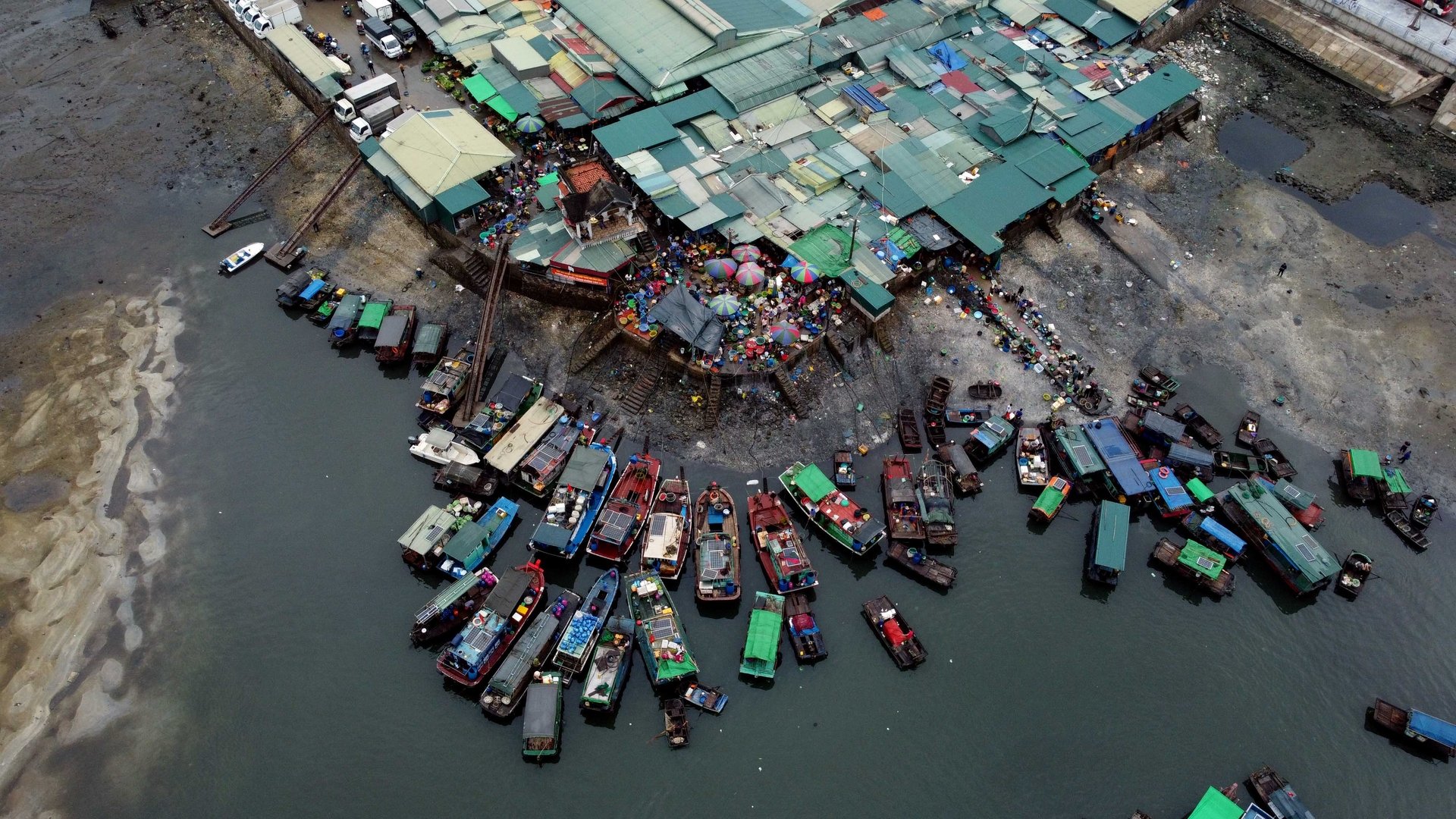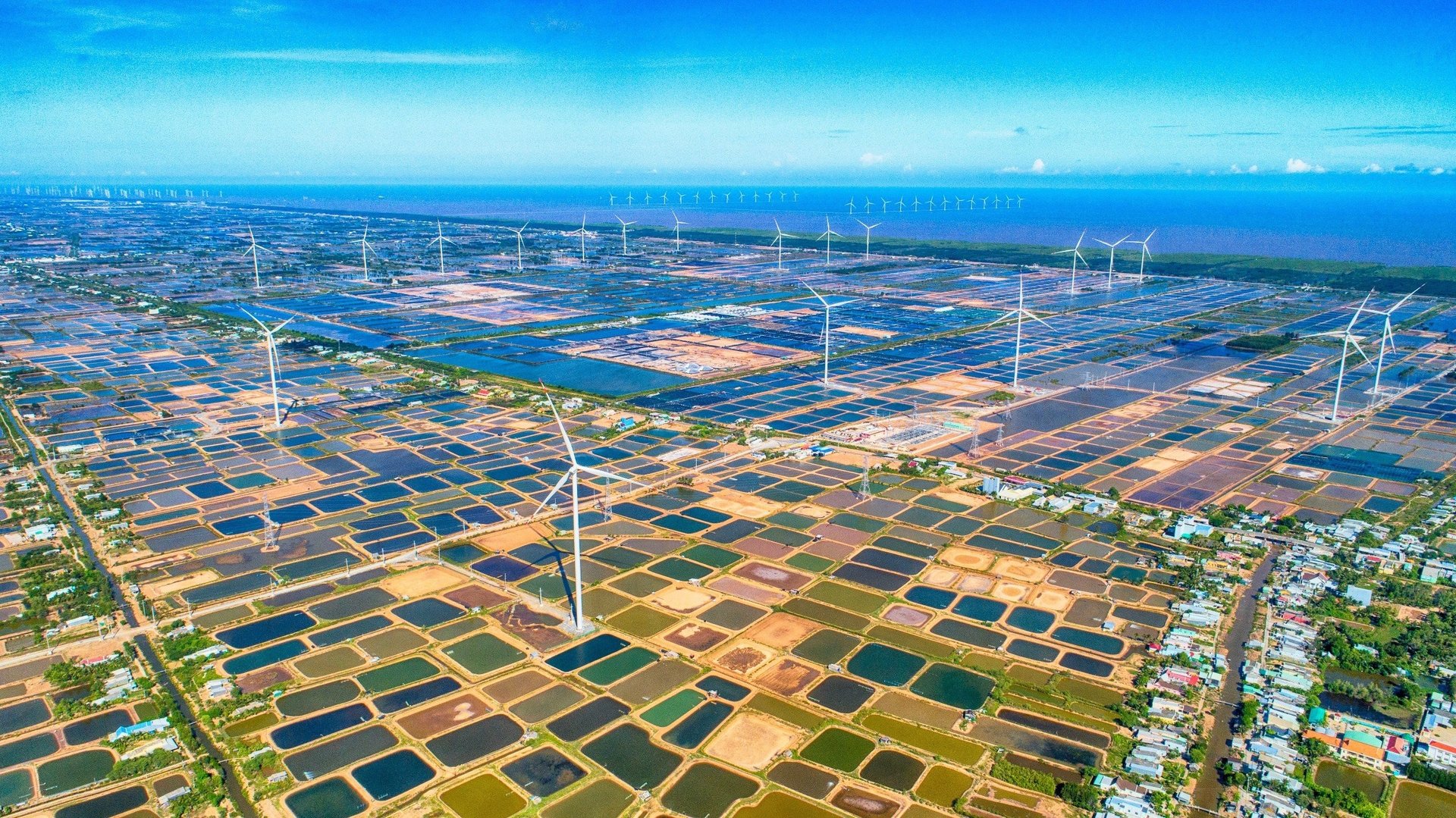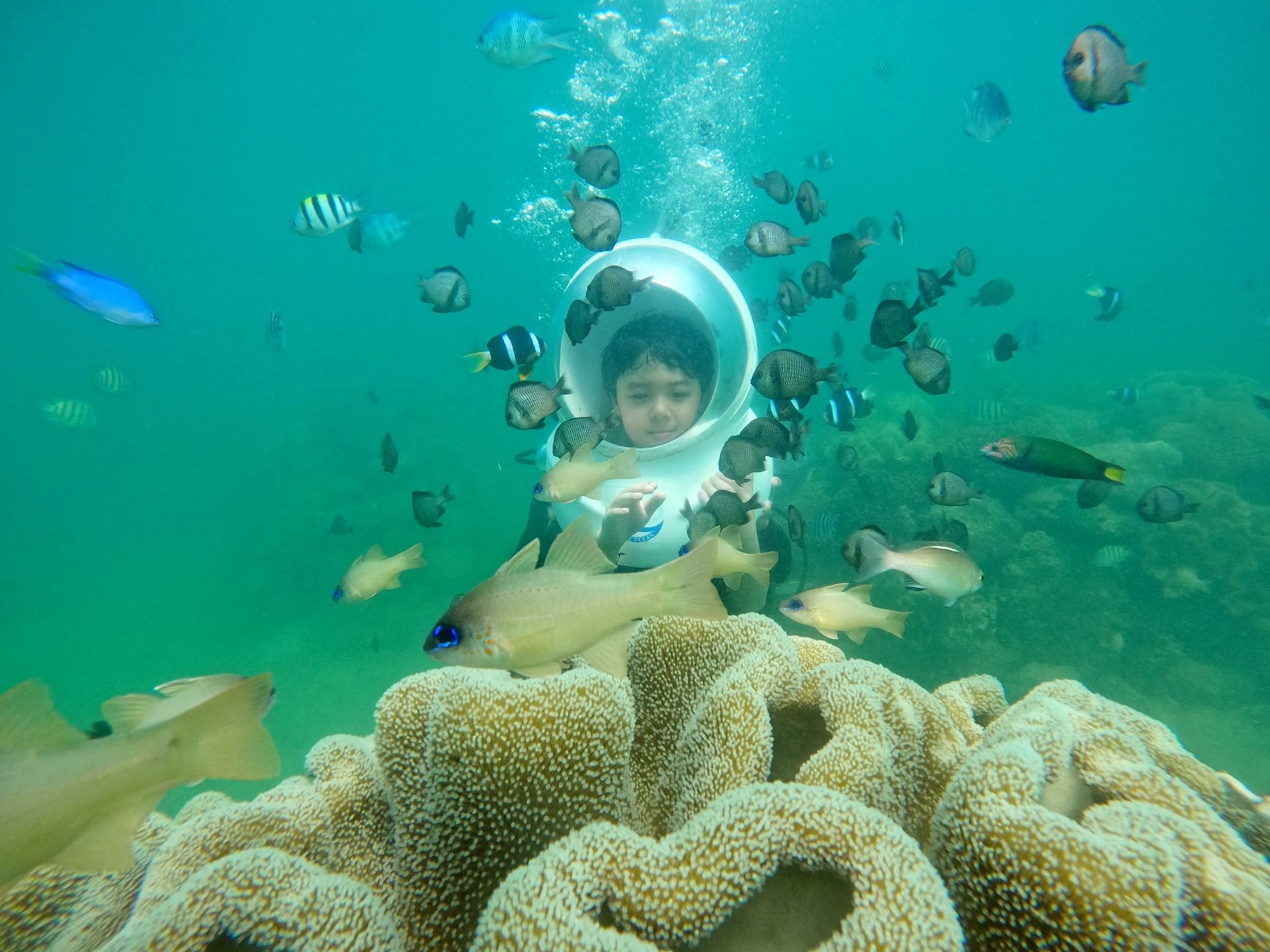October 23, 2025 | 16:03 GMT +7
October 23, 2025 | 16:03 GMT +7
Hotline: 0913.378.918
October 23, 2025 | 16:03 GMT +7
Hotline: 0913.378.918

The seafood industry reduces fishing output while improving quality and increasing value, aiming for sustainable development. Photo: HT.
From existing challenges such as declining resources, climate change, and international integration pressure, Vietnam’s seafood sector has clearly identified three strategic pillars as the guiding principle for the new development phase. Among these, the first pillar is responsible fishing: reducing intensity while still ensuring value, efficiency, and sustainable livelihoods for fishermen.
Fishing has always played an important role in the economic development strategy of our seas. Regarding fishing activities, the East Sea is home to about 2,000 fish species, including 130 species of high economic value such as mackerel and tuna. Both nearshore and offshore waters of our country hold abundant fishery resources.
Fishing is also a traditional livelihood, closely tied to a large part of our coastal and island communities for generations. These factors create favorable conditions for the fishing industry to become one of the spearhead sectors in the process of developing the marine economy.
However, to ensure sustainability, the seafood sector has set the target that by 2030, the number of fishing vessels will be reduced from the current 91,000 to under 77,000. At the same time, the exploited seafood output will fall to 2.8 million tons, which is about 1 million tons lower than today. Reducing fishing does not mean stepping back; it is a wise move to regenerate resources so that the silver sea will forever remain the support for future generations.
Mr. Tran Dinh Luan, Director General of the Directorate of Fisheries and Fisheries Surveillance (Ministry of Agriculture and Environment), said that at present, data on fishery resources are used to prove to the people that if the fishing fleet is not reduced and exploitation continues as it is now, sustainability will not be possible. And people need to understand that reducing the fleet is not to serve the management agencies.

Vietnam is one of the 10 countries with the largest aquaculture output in the world. Photo: HT.
Taking advantage of natural conditions, Vietnam’s aquaculture sector has continuously developed, made its mark, and secured an important position in the national economy. Aquaculture not only contributes to food security, job creation, and income improvement, but also helps reduce poverty and promote sustainable economic growth. To date, aquaculture products have entered global supply chains, bringing in an average of about USD 9 billion each year for the country.
According to the latest announcement of the Food and Agriculture Organization of the United Nations (FAO), Vietnam is one of the 10 countries with the largest aquaculture output in the world, and it is among the four countries where aquaculture accounts for over 50% of total national seafood output. Aquaculture is no longer limited to shrimp ponds, fish ponds, or rice-shrimp farming, but has advanced to mastering modern marine farming technologies.
Increasing aquaculture is the inevitable direction for sustainable seafood development. To tap the potential and strengths of aquaculture effectively and sustainably, while proactively adapting to climate change, Deputy Prime Minister Le Van Thanh signed Decision No. 985/QD-TTg, approving the National Program for Aquaculture Development for the 2021–2030 period.
Deputy Minister of Agriculture and Environment Phung Duc Tien said that Vietnamese shrimp production reaches 1.3 million tons per year with exports worth USD 4.3 billion, while tra fish production is 1.65 million tons with a value of over USD 2 billion. In the coming time, it is necessary to continue promoting these two key products, but discussions are needed to create new momentum.

The work of conservation, preservation of biodiversity, prevention of environmental pollution, as well as protection and rational exploitation of marine natural resources has become urgent. Photo: Hong Tham.
Globally as well as in our country, the trend of moving toward the sea, making wealth from the sea, and exploiting marine resources is increasing. At the same time, marine pollution, biodiversity destruction, and resource depletion are becoming alarming issues, causing serious damage and affecting socio-economic development. Therefore, marine conservation, preserving biodiversity, preventing marine pollution, and protecting as well as rationally using marine natural resources have become urgent tasks.
In response, the Prime Minister issued Decision No. 1539/QD-TTg approving the project to expand and establish new marine protected areas, fishery resource protection zones, and restore marine ecosystems through 2030.
The specific target by 2030 is to expand, establish, and effectively manage 27 marine protected areas, ensuring that the total conserved marine area accounts for about 0.463% of Vietnam’s natural sea area.
The three green pillars are not only solutions for the present but also a promise for the future: a sustainable seafood sector, an everlasting blue ocean, and a resilient Vietnam on the world seafood map.
Translated by Huong Giang

(VAN) The Prime Minister has requested the Ministry of Agriculture and Environment to coordinate with the Government Office in compiling weekly reports on the results of combating IUU fishing by ministries, sectors, and localities.
/2025/10/22/2133-3-181753_14.jpg)
(VAN) In Tan Thuy commune (Vinh Long), the 'party members mentoring fishermen' model has shown clear effectiveness, helping fishing vessels operate in compliance with regulations and eliminating violations in foreign waters.

(VAN) The Prime Minister has instructed ministries and agencies to tighten fishing-vessel oversight, increase patrols, digitize traceability systems, and concentrate all available resources on combating IUU fishing.
/2025/10/18/3400-0-nongnghiep-163353.jpg)
(VAN) Tilapia is experiencing strong growth, with export turnover in the first eight months of 2025 nearly tripling and gradually becoming a new key product of the fisheries sector.

(VAN) As gene editing has become a defining scientific frontier of modern agriculture, Viet Nam must soon establish a legal mechanism tailored to this technology to fully unlock its potential.
/2025/10/16/1254-2-145938_691.jpg)
(VAN) An expert from Hanoi University of Natural Resources and Environment has raised four barriers hindering Vietnam's progress toward achieving its target of net-zero emissions.

(VAN) Vietnam’s irrigation sector is shifting from manual operations to intelligent management, moving toward a modern, transparent, and climate-resilient water governance system.